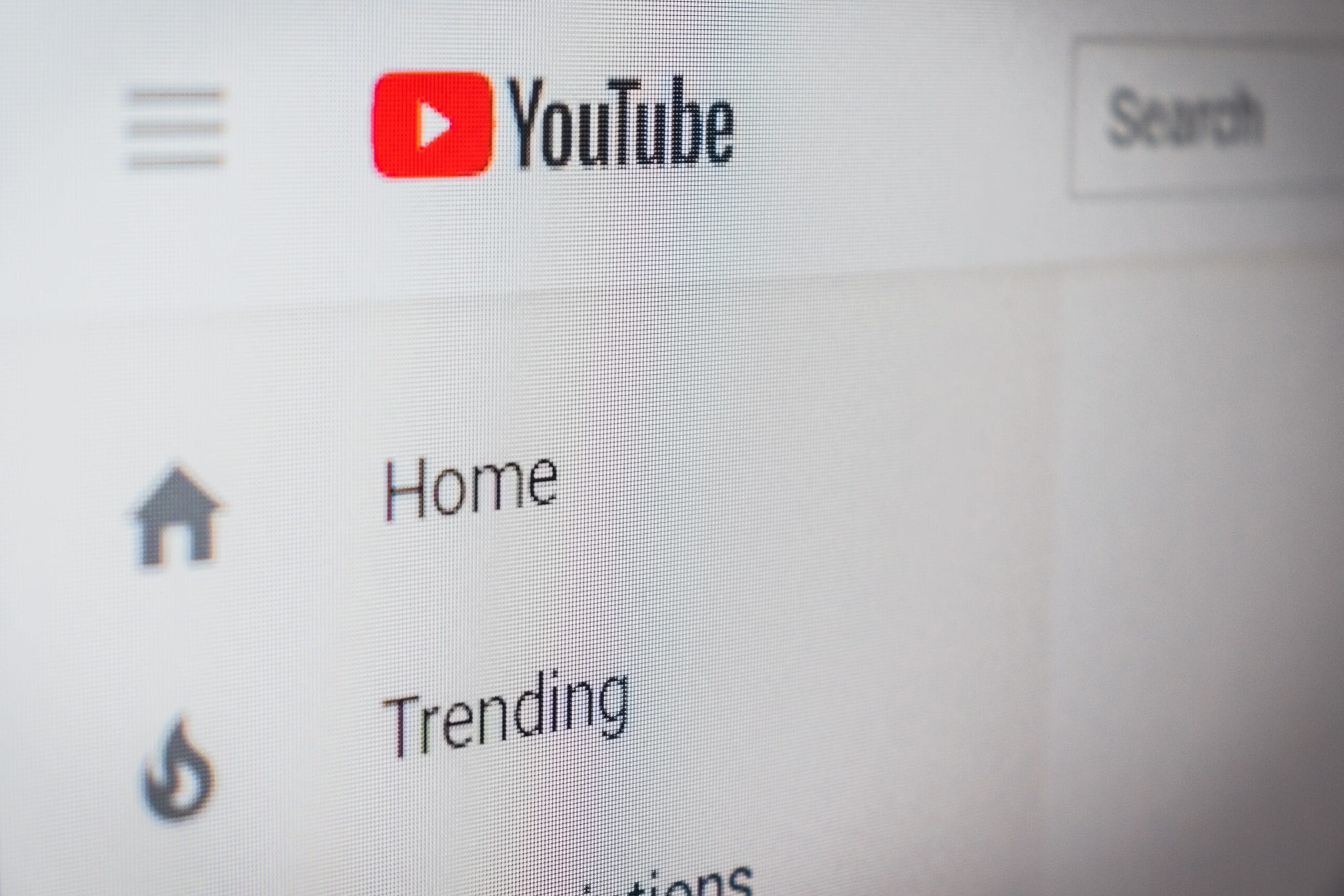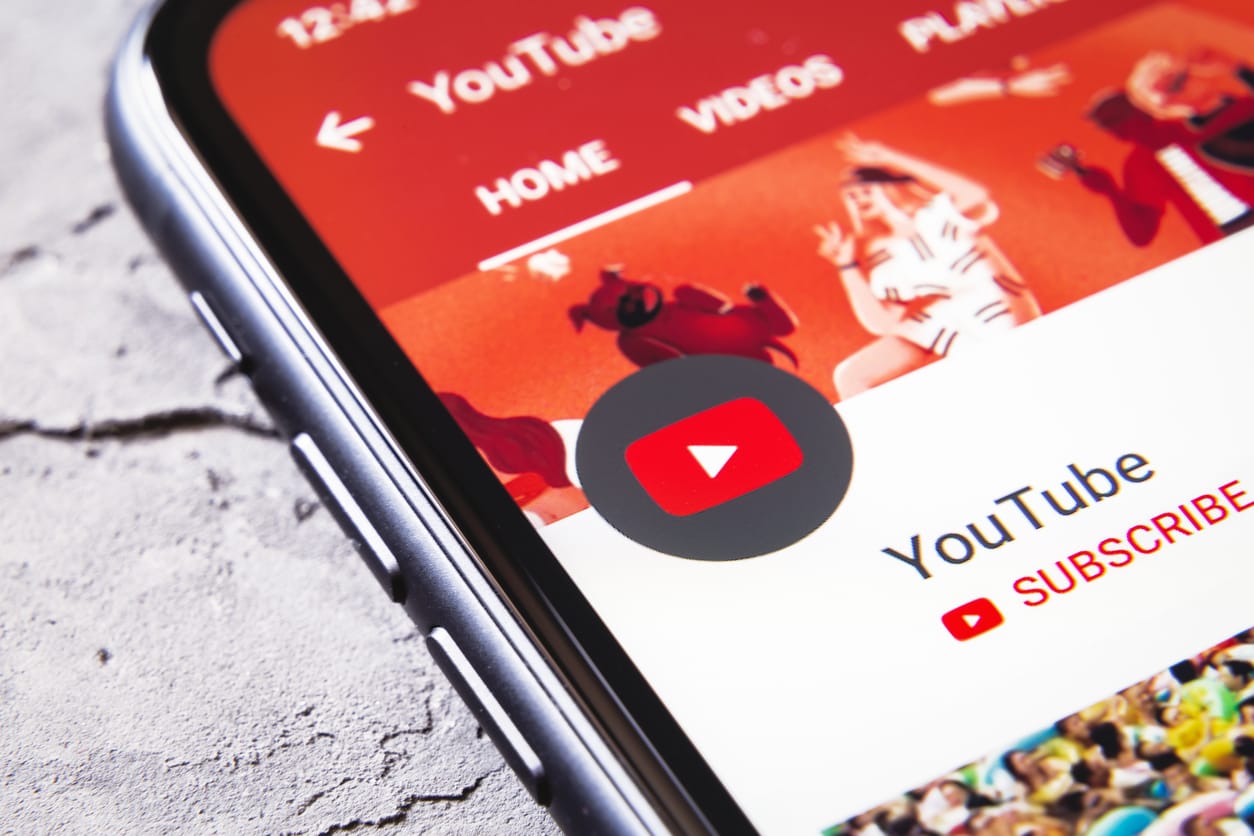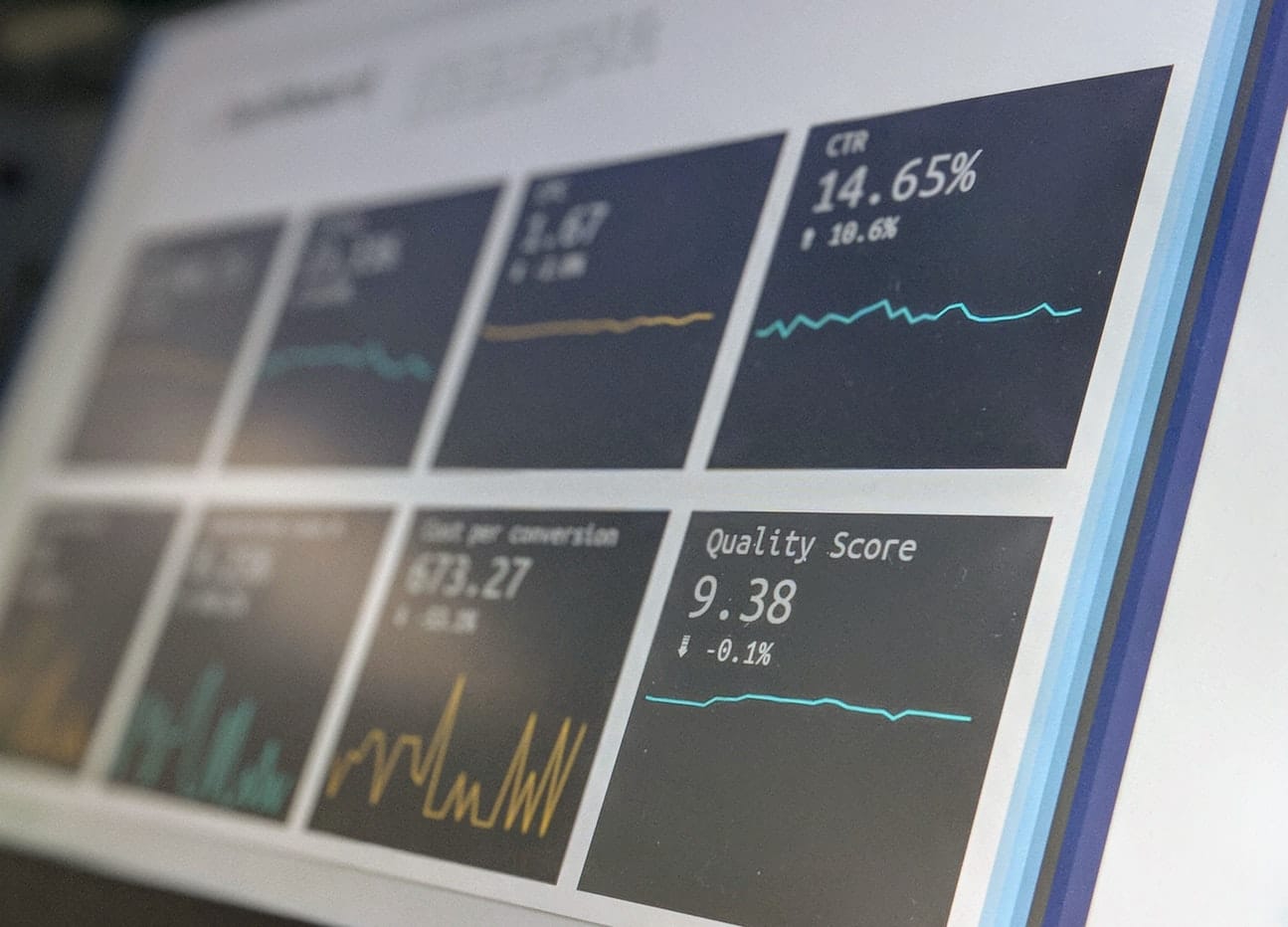The year is quickly coming to a close, and it seems just like yesterday that we were welcoming 2019.
The world of digital marketing is constantly evolving, but how much did it change this year, what did we learn, and what should we expect of 2020?
Let’s run down a few of our favorite articles from the past 12 months and dive into it.
Links Still Rule
With Google putting an ever-increasing squeeze on sites to produce great content, we’d understand if the idea of getting inbound links may have slipped off your radar.
As we approach 2020, the reality is that, for all of the emphasis that Google places on high-quality content nowadays — and will continue to do so going forward, perhaps even more so — inbound links are still the dominant factor in determining where your site ranks organically in Google — not to mention Bing and other search engines.
But, exactly to what degree are links still king?
David Farkas at Upper Ranks did the legwork to find out, conducting an experiment over the course of 18 months that revealed some startling truths regarding just how important inbound links are to a site’s organic performance.
Back in May of this year, Farkas chronicled the details of an experiment he began with a brand new site almost two years ago. Over the course of six months starting in late 2017, he published 26 pieces of high-quality content to the site but did not promote any of the content, nor did he build any links to it whatsoever.
And then he waited.
In fact, he waited a total of six more months to see if the site would rank well on the merit of its content. It didn’t — and the site received nearly zero traffic as a result.
To further his experiment, Farkas developed a strategy over the next six months that resulted in just over 100 inbound links to the site from extremely authoritative sources, including several .gov and .edu domains.
Following his link-building efforts, Farkas waited again.
When his 18-month experiment had concluded, the site ranked for 9,631 keywords, nearly 1,200 of which were ranked in top five of Google.
Overall, the site’s traffic grew by almost 2,000%!
Other than the obvious, Farkas’ findings prove that, while in theory, earning links from other sites by publishing high-quality content sounds terrific (and, indeed, very much can be), there must be another element. And this element is naturally and — pardon the pun — organically fostering important relationships with people connected to authoritative spaces around the Web to allow for valuable backlink opportunities.
That’s where the magic happens.
And yes, while that magic cannot happen without a lot of heavy lifting — as Farkas could attest — the dividends can be significant and sustainable.
The Difference A Position Can Make
It’s been common knowledge for some time among SEO experts that the first position in Google’s organic results reigns supreme, receiving more than 31% of all non-paid clicks. That percentage skyrockets to more than 75% when you include the second and third positions — a stat that, again, is not lost on professionals.
Of course, Google’s rankings are not static, so if your site is not currently ranked within Google’s top three positions for any keyword, do not despair. You’re definitely not alone.
Get your site ranked on the first page of Google.
There’s tremendous opportunity for any website owner to increase traffic numbers by improving organic ranking. However, measuring the approximate impact of that increase can be an inexact science, even for those of us who try to do it for a living.
In August, popular marketing blog Backlinko reported its findings after analyzing more than 5 million search results to determine to what extent specific positions on Google’s first page influence clickthrough rate.
Aside from reaffirming the benefits of the top spot, the data confirmed a lot of what we have suspected — including that moving up and down within the bottom four results of Google’s first page (positions 7-10) offers really no benefit or disadvantage — but it also mapped out with glorious detail expected increases in clickthrough rate as a site moves up incrementally within the first 10 positions of Google.
It also revealed a few new wrinkles.
Here’s a snapshot of Backlinko’s findings:
- Moving up one spot within Google’s top 10 can increase clicks by 30.8%
- The No. 1 spot is 10 times more likely to generate a click than spot No. 10
- The biggest jump in clickthrough percentage occurred between the fifth and sixth positions
- Pages that contain title tags with 15-40 characters increase CTR by 8.6%
- Pages that contain a question have a 14.1% higher CTR versus those that do not
- Adding “power words” (i.e. amazing, best, secret, etc.) to a page’s title tag may decrease CTR by more than 13%
- Pages that contained titles that invoked emotion were found to increase CTR by 7%
- Page URLs that contain a keyword produce a 45% CTR versus those that do not
The benefit gained from improving from the fifth spot to the sixth is fascinating. Equally interesting is that you can maximize your site’s current rankings by making a few minor changes to its page titles.
Mind Your Featured Snippets
As Google has evolved, its ability to provide users with a zero-click environment to find the information they need has improved. A means to this end, among other things, is featured snippets.
Featured snippets are small pieces of text that Google extracts from websites to answer questions directly within its search results, often in position zero, which is the space that appears above traditional search results.
And chances are, you see featured snippets every day and may not be aware of it.
Think about the last time you searched for the definition of a word, the ingredients in a recipe, or how to change your tire. The featured snippets that Google displayed for those searches not only stand out, but they are there to give you the information you need without necessarily having to click through to the corresponding site.
But how do you get Google to display your site’s featured snippets for popular questions?
Well, assuming your site is already optimized for featured snippets — if not, we’re happy to help you out there — your pages must rank on the first page of Google. One way to make this happen, as Evan Hall at Portent points out, is to fill your pages with content that directly and succinctly addresses a problem, answers a question, or provides a solution:
“The best way to create content for a featured snippet is to answer the query simply and directly. Use the active voice. Don’t beat around the bush; we’re not trying to pad out a five-page essay. Writing this way helps with readability, which will result in better usability metrics when Google evaluates the performance of your snippet.”
Featured snippets come in three distinct forms: paragraph, list, and table. And if your site consists of pages that created to provide visitors with valuable information — rather than just selling a product — you can capitalize on all three.
Even if your site is not yet set up properly to take advantage of featured snippets, it’s never too late to start. Hall outlines a very thorough plan for identifying opportunities and optimizing your site for featured snippets.
And remember to be patient when it comes to results. It’s likely your competitors are trying to use featured snippets, too, and like everything else when it comes to ranking well in Google, frequent testing may be needed to find what works.
Improve Or Remove Content?
When Google launched its Panda update in 2011 to crack down on low-quality sites — i.e. sites that provide little or no value to a visitor because of thin content, content copied from other sites, or just provide a low-value experience overall — one of its intended consequences was to motivate publishers into creating more content.
The only problem was, a lot of people were creating content for the sake of creating content. As a result, rather than a site with thin or no content, you now had a site with a lot of content that was horrible.
Nearly nine years later, the concept spawned by Panda that content is king has never been truer, but Google expects you to step up your game.
In other words, if you’re going to create content, make sure the people reading it get something out of it. If you can’t do that, you’re better off not creating that content at all.
Which now begs the question: Do you remove that old content you created in Panda’s wake or do you take the time to improve it?
Danny Goodwin at Search Engine Journal pondered this back in April. His main conclusion? We all need to start thinking about content in a new way.
But what exactly does that mean? In what new way?
According to Goodwin, it’s a multi-step process, one that was born out of the sweat of he and his team. They poured through the SEJ archives, comprised of thousands of pages, and applied one of two labels to each: remove or improve?
When it was all said and done, Goodwin says that the SEJ site had as many pages in March as it did in January — indicating that many older pages have undergone the knife — yet monthly pageviews had increased by more than 200,000 to a total of 1.9 million, a record for the site.
The difference? Goodwin says it was a matter of auditing, evaluation, and measurement.
Here is the multi-step plan Goodwin lays out and says should be applied to any site:
1: Audit your content and place each page into one of three buckets
- Content that helps you
- Content that does nothing for you
- Content that can hurt you
2: Evaluate the quality of your content
Good quality content is…
- Useful and informative
- More valuable than that of other sites
- Credible
- Engaging
- Shareable
Poor quality content is…
- Unsatisfying amount of actual content
- Low levels of expertise, authority, and trust
- Exaggerated and/or shocking title
- Ads or any other content that distracts from main content
- Negative reputation of website or content creator
3: Measure the content and decide what to do with it
- No changes needed
- Content needs to be updated/refreshed
- Content needs to be completely rewritten
- Content needs to be consolidated
- Content needs to be deleted or deindexed
Seems like an arduous task, but Goodwin does a wonderful job of giving specific criteria for each action step to make the process much easier. He also includes a lengthy Q&A session that provides a wealth of additional information.
Whether to remove or improve is definitely a key question that any website owner will want to ask, ultimately deciding what to do with your existing content doesn’t have to be difficult.
Technical SEO Is Good SEO
The practice of search engine optimization can be broken up into three distinct categories: technical, content, and authority.
The first one on that list is the most important, yet it’s the least understood — and, therefore, the most overlooked — by many website owners. With all this talk about great content and links, it’s easy to see why.
Technical SEO generally refers to best practices of making sure your site is easily readable and indexed by Google and other search engines. If it’s not, it won’t rank organically, which means its content won’t be seen, which means no one will ever have a reason to link to it.
You can see where this is going.
Google’s attention span is about as good as ours. When its crawlers arrive at your site, they should be able to clearly and quickly understand its architecture and contents, or else they’re gone. This type of scenario spells doom.
But, where to start? And exactly what elements of your site fall under this technical umbrella?
Here’s a list of common items that would comprise a technical SEO checklist:
- Page load times
- Mobile friendliness
- Site architecture
- Structured data markup
- Duplicate content
- Site security
This is by no means an exhaustive list; there is much more to technical SEO than what will be talked about here.
Get a Technical SEO Audit to see your opportunities.
The purpose of this post is to touch on the importance of technical SEO as it relates to the overall performance (and success) of your site.
Need proof of that importance?
There is no shortage of examples. Consider the following:
- AJ Beyer, previously of YourListen.com, increased visits by 1 million by simply improving technical SEO
- Portent found that conversion rates on ecommerce sites fell by an average of 1.2% for every additional second a site took to load between 0-5 seconds
- Dynatrace reports that 53% of mobile users leave a site if takes more than three seconds to load
- A survey of 240 SEO professionals conducted in part by seoClarity revealed that technical SEO was the top priority of enterprise (>500 employees), medium (101-500), and small (1-100) companies
- WebARX reported last year that 56% of all Internet traffic is from an automated source — hacking tools, scrapers, spammers, etc. — meaning that having secure site is imperative
These numbers are not to be taken lightly, and not just because Google (and spammers) is continually evolving. Visitors to your site demand flawless performance from your site, and this starts with making sure it’s technically sound.
Anything less, not only will your visitors not stick around long, they’ll more than likely never return.












































